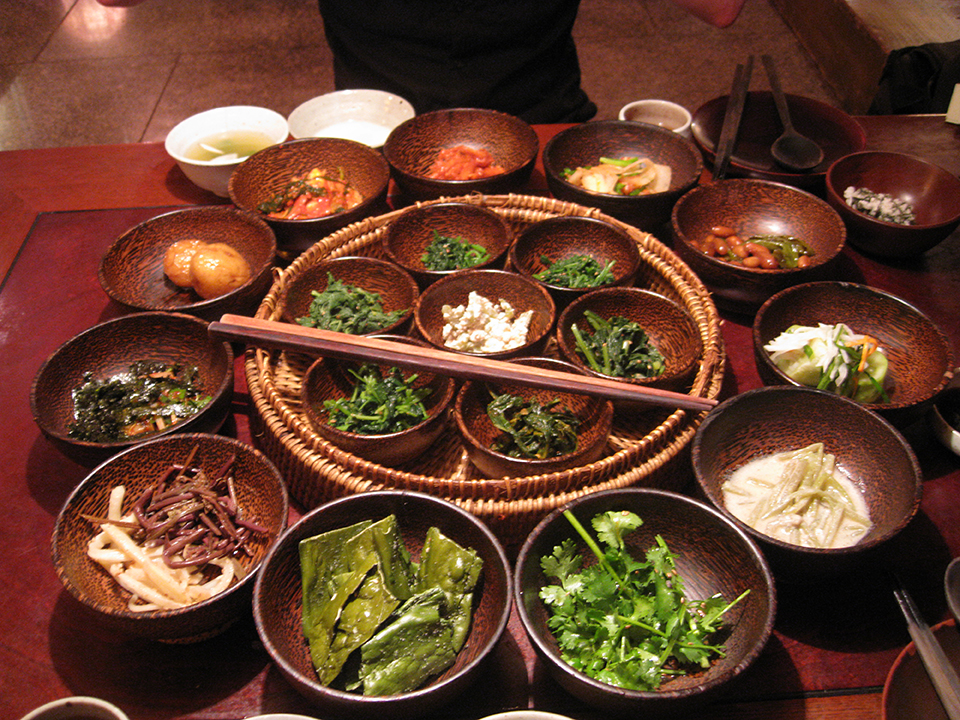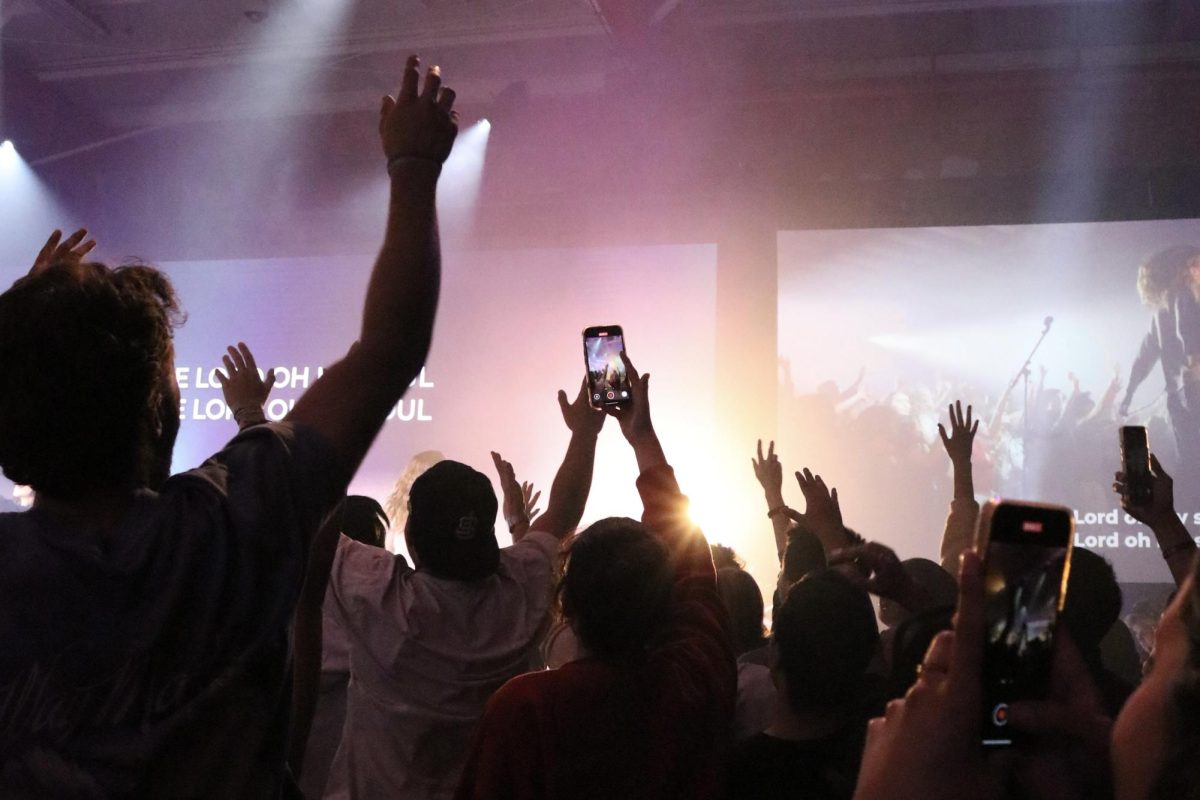The sight and uniquely nuanced flavors of a bowl of red fermented cabbage called Kimchi are enough to comfort any Korean-American and remind them of the the hidden treasure that is home cooking. For many students born and raised in the United States, food and language play a vital role in understanding the culture of the country their immigrant parents originated from. As a Korean-American who has never traveled to Korea or met half of my family, food remains the primary connection I have with my ethnicity. Students should experience other cultural foods, but should also respect the cultural value of food.
Respecting cultural value
I observe carefully as my non-Korean friends struggle to pronounce the names of the food I grew up with — the accoutrements of my childhood. I can instantly connect with other Koreans over dishes such as Miyeok Guk, a traditional soup made of seaweed, or grilled beef called Galbi. Many derive a sense of pride and satisfaction from the ability to share their culture’s food with friends. The act of breaking bread with fellow students not only represents one of the the most biblically fundamental ways to bond with each other, but also a great way to experience different cultures.
Los Angeles is a gateway city for experiencing different foods and cultures. One cannot understand the cultural geography of a city without indulging in the delicious foods of other cultures. Jonathan Gold, arguably LA’s most prominent food critic, has reviewed countless eating places — everything from taco trucks to hole-in-the-wall restaurants and diners. Food transcends its utilitarian purpose of nourishing the human body. The foods my parents and grandparents made me during my childhood survived wars, political catastrophes and economic collapses.
A reminder of home
Students should also learn about the history of a particular dish and the culture it originates from. As a Korean-American, I try to encourage my non-Korean friends to try more traditional Korean soups and dishes at a tofu house instead of an all-you-can-eat Korean barbecue restaurant.
Not even food — the common denominator which connects us all regardless of our differences — has escaped the political realm. Issues such as gentrification are very real problems in cities nationwide, and Los Angeles is no exception. Economic and politics determine the way we eat. One only needs to visit Grand Central Market — one of the city’s most popular places to eat — and see how the market has changed in the past several years.
To many students whose parents are first-generation immigrants, food remains the gateway to experiencing a culture one has not experienced in a spatial or geographical sense. As a Korean-American, I have never visited the Korean peninsula or even met my grandmother or other family members on my father’s side. I am far from an expert or authoritative figure on Korean food, but the Korean dishes my parents made for me were the only way I experienced the Korean culture. When Korean food or other cultural foods become trendy, it is interesting to see how other people from other cultures will perceive the food I grew up. A meal, at the end of the day, is much of a reminder of home as it continues to provide a source of nourishment and comfort.







